When two French fighters landed at Tampere-Pirkkala AFB this week it was the underdog that arrived. While last week’s eurocanard might not be a favourite, the Rafale is an even less likely candidate according to most analysts.
But truth be told it is difficult to tell how much of that perception is based on the lack of an active marketing campaign compared to the rest of the competition. The HX process might have received international praise for its transparency, but that only extends to how the process is being run, and not how the contenders are doing. The current ranking, to the extent there is one at this stage, is well and truly hidden from view.
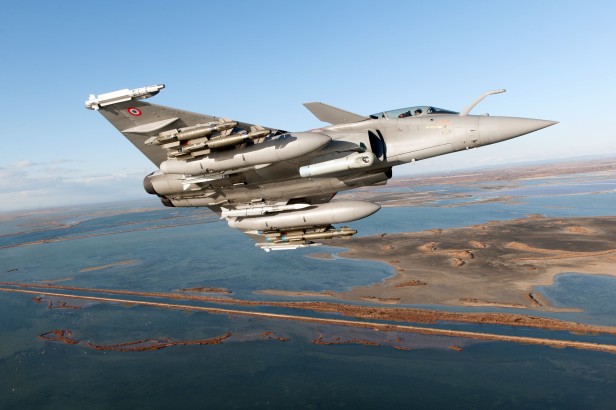
The fact that the two Rafales touched down on Pirkkala does however tell us something – Dassault still thinks they have a non-trivial chance of winning. Flight tests are expensive, even a moderate estimate puts the costs for a manufacturer to participate in HX Challenge at something like 1.5 million Euro (it could easily be double that even in direct costs). The fact that Dassault, and the rest, are coming shows they believe the potential benefits to be worth it. This is in stark contrast to most of the recent fighter competitions held in Europe (Denmark, Norway, Belgium, Switzerland…), where roughly half the field have usually dropped out before final offers are sent in. That is a big show of confidence in the fairness of HX, and big kudos to the MoD, LOGL, and the Air Force for that!
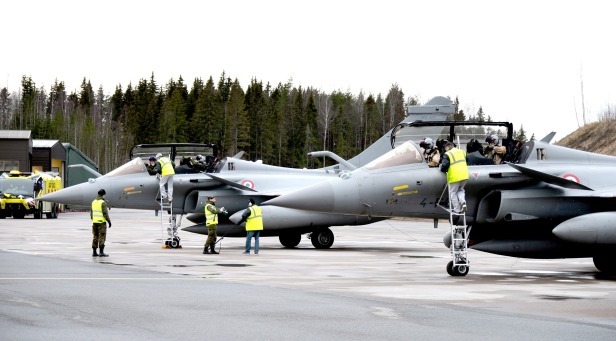
But back to the French offer. Many of the themes can be recognised from last week. The Rafale would “protect Finland’s integrity”, further strengthen a strong European partnership, and the aircraft is being offered “with the full support of the French government”, to use the words of ambassador Serge Tomas. The aircraft would also be delivered with “no performance restrictions” compared to the French version, and there will be “lots of open books” and technology transfers.
But there were also notable differences in tone when compared to the Eurofighter. The production lines will stay open “for the next decades”, as opposed to the Eurofighter lines that are slowly cooling down. And while the Eurofighter is being sold as the great cooperative project, the French are well-known in security policy circles for their reluctance to trust in others. This is also what they are selling to the Finnish Air Force.
We understand your concept
Those simple words contain a lot. We know you don’t trust in allies to step in and save the day, we understand your wish to be able to go alone if the need arises. The Rafale is the tool that allows you to do so.
French and Finnish national security policy might not have much in common, but Dassault certainly has found the common denominators there are, and they are running with them.
A sobering reminder of just how ready to go alone France is found in the fact that one of the two Rafales currently in Tampere is an operational Rafale B F3R from SPA 81 Lévrier (Greyhound) of EC 2/4 La Fayette. The main mission of the unit is nuclear strike as part of the Forces aériennes stratégiques, the land based air component of France’s completely independent nuclear deterrent. However, like sister unit EC 1/4 Gascogne, they do also fly conventional missions, including operationally over Libya, Mali, and in the Middle East. The F3R is the current standard, and was delivered ahead of schedule, meeting performance targets while staying inside the budget. Any Finnish order would be of the F4 standard that is currently in development, and which has an added focus on connectivity, further developed electronic-warfare capabilities, as well as new weapons. The other Rafale, ‘301’, is a joint-DGA and Dassault testbed, and is equipped with numerous subsystems associated with the F4.
The F4, and the upcoming F5 standard, will also allow the Rafale to remain a key part of the FCAS-system, ensuring that the Rafale stays in French service well into 2060’s*.

Another good example of where French and Finnish national security interests align, and one pushed heavily at yesterday’s media day, is the emphasis on European solidarity. “France is leading the process to build a solid, European defence policy,” as ambassador Serge expressed it. This was also the point he came back to when questioned about what France can offer on the national security side that the other eurocanards cannot, and he does have a point. Finland’s stance on Article 42.7 might be ambiguous (and set to remain that way for the foreseeable future), but Finland most certainly is interested in a deepening European defence cooperation in a way that few other countries are. Except France.
It is a strange world when the country that has given us the gilet jaunes can market themselves as “the reliable and predictable national security partner”, but this is where we are in 2020. In part this is also due to the difference in French domestic and foreign politics. While French internal matters might be seeing quite a bit of turmoil, their foreign policy has been remarkably consistent during the last few decades. And that policy include a willingness to mobilise the sizeable force that is the French military whenever French interests are threatened. This is not only seen in Syria and Libya, but also in Mali and, crucially, in how France has stepped up their presence in the Baltic Sea region following Crimea. This includes ground troops, but also a sizeable contribution to Baltic Air Policing. The trick then is to ensure that French interests align with ours, something that is easier said than done. However, I would like to note that we are rapidly approaching diminishing returns in our already very deep cooperation with Sweden and the USA, something that isn’t the case for the Finnish-French relationship.
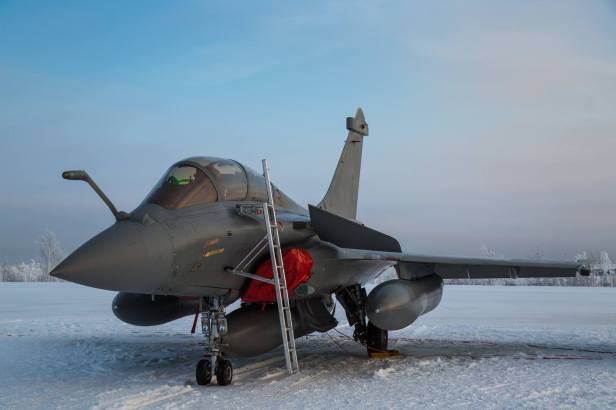
The French willingness to act on their security interests in turns leads to the next point that Dassault likes to make, namely that the Rafale is combat proven. Crucially, this isn’t just about dropping bombs in COIN operations, but include having “been tasked to go into very contested environments”. Famously, Rafale did fly missions into Libya during the early stages of the campaign when Gaddafi’s air defences were still operational, and it has also performed missions over Syria in the face of the air defences found there. The weapons suite used is also interesting, as not only does it feature the same cruise missile as the Eurofighter, the MBDA Storm Shadow/SCALP, but it also sports the unique French AASM-family of boosted precision-guided bombs. These allow for stand-off range attacks (60 km range reportedly being “not too far from the truth“, but obviously depending on launch height and speed), and come with a number of different seeker heads including INS/GPS, INS/GPS/IR, and INS/GPS/laser. As such, the Rafale is well-equipped to take out any of the targets envisioned in the Finnish RFQ.
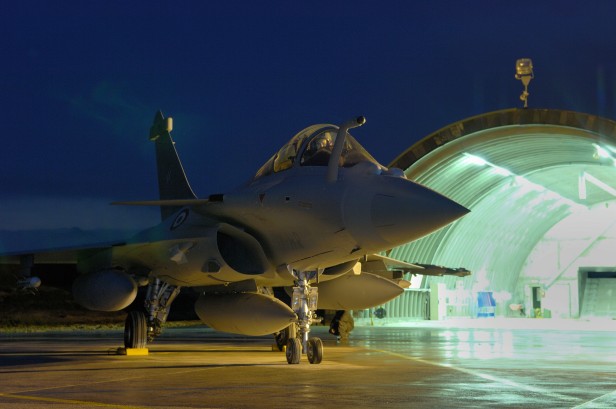
Traditionally one of the weaker parts of Rafale’s sensor suite has been the Damocles targeting pod. This was recognised as lagging behind the competition already a number of years ago, and the Thales Talios has been brought online as part of the F3R standard. The performance of the pod, capable of both reconnaissance and lasing, is likely one of the things that the Finnish Air Force will be eager to test. Unfortunately the huge AREOS strategic reconnaissance pod has not been brought to HX Challenge (at least not by air), which likely indicate that it isn’t being included in the offer at this stage. Unsurprising, but still a bit sad as it would have offered a really interesting step-change in capability. Another sensor that likely will attract a lot of attention as well is the Front Sector Optronics, the FSO. The FSO is made up of two modules, an IR- and a TV-sensor. As part of the F3/F3R program the TV-sensor has been upgraded, and the performance is rumoured to be very good thanks to high magnification and near-IR wavelengths. The IR-sensor is currently going through its update programme, but for the time being it is likely that the setup tested at HX Challenge feature the old IR-sensors. In addition, a laser rangefinder is also included, and the whole set can be slewed by the other active or passive sensors to find and identify an airborne target. This is in line with the Rafale putting great emphasise on passive intercepts of enemy targets through the use of several different passive sensors and fusing the data to present the air crew with a single threat picture. Whether it works in the cloudy skies of Finland is exactly the kind of question HX Challenge is designed to answer, and unfortunately this interesting answer will go straight into the folder marked “SECRET”.
*Often the FCAS designation is erroneously used for the new joint Franco-German fighter currently in development, while in fact the FCAS is an umbrella term to cover numerous air- and ground-based system making up the Future Combat Air System. Or as Airbus puts it, a system of systems “composed of connected, manned and unmanned air platforms, enhanced by different sensors and effectors. They will be part of an open, scalable system architecture that enables the inclusion of future platforms and new technologies”

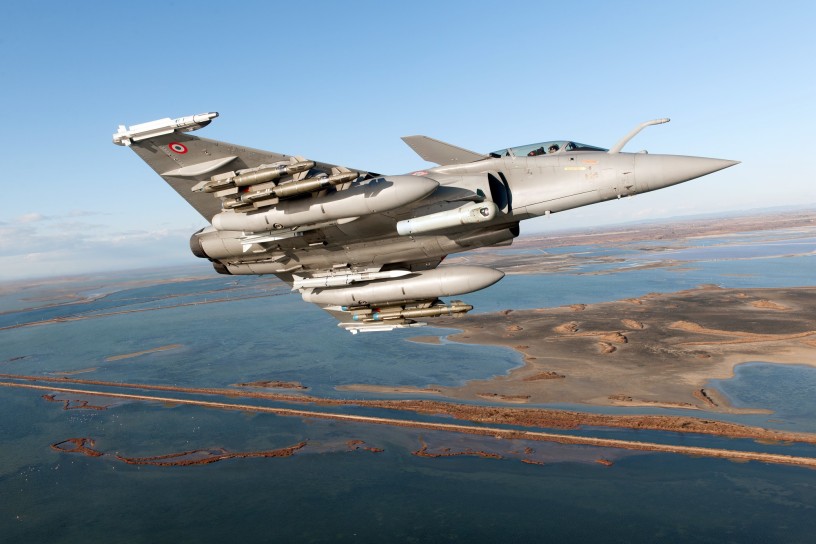
Very nice article with an interesting point of view concerning the position of France. Thank you.
To me the Rafale and F18 are the 2 best planes for Finland, they are well born and will offer an extended life cycle. The main argument will be as you say what are the political benefits in return.
I can see that Rafale, F-35, and Gripen lines have decades ahead of them, but I fail to see how F-18s are likely to continue much longer. The Navy is looking at, instead of developing F/A-XX, buying more F-35Cs and retiring F-18s early.
Concerning the super hornet, let’s have a look at this article:
https://nationalinterest.org/blog/buzz/how-replace-f-35-meet-advanced-super-hornet-us-navy-60242
I agree, but i might give extra points for Rafale just because it’s really good looking plane…
“we are rapidly approaching diminishing returns in our already very deep cooperation with Sweden and the USA”
Interesting, but open to many interpretations. Would you care to explain yourself?
Great article as mentioned above!
I’ve got impression that Rafale is well balanced platform. It have good carry capability, it’s pretty good kinematically, its SPECTRA EW suite have shown its capability in Libya (things have improved since then, both SPECTRA and enemy radar systems), it has AESA and passive sensors, Meteor and medium range IR missile. There’s lots of things going on even if individually the specs can be surpassed by other competitors. After all, all the planes are compromises in one way or another.
I wonder, if the FAF finds things as rosy as I am. 🙂